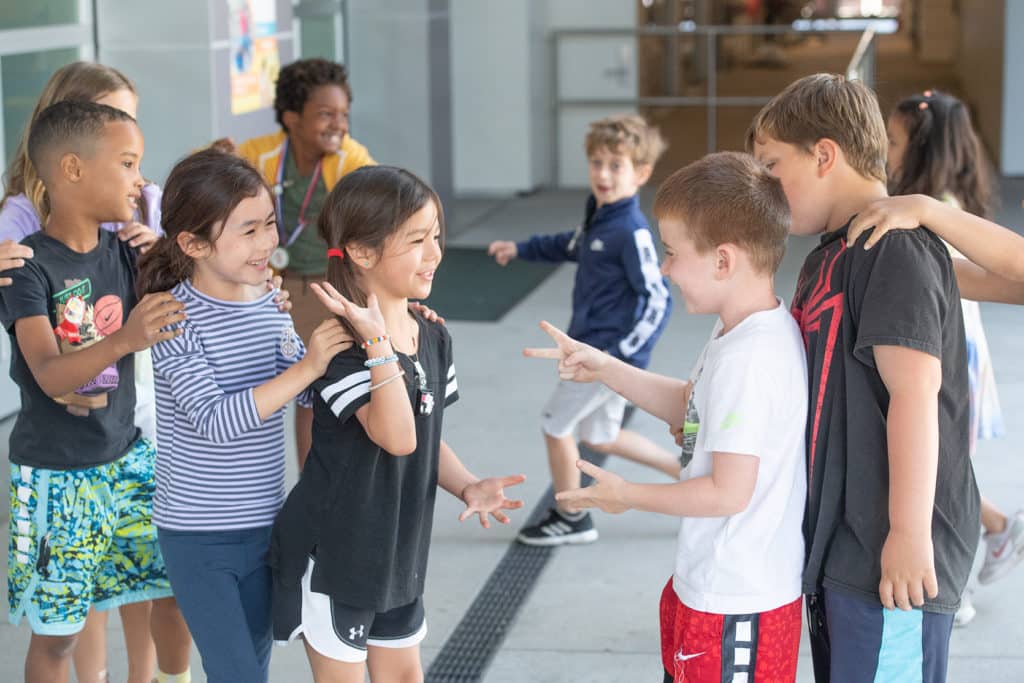
The most recent National Assessment of Educational Progress (often referred to as The Nation’s Report Card) was recently released. The results made clear that today’s students are struggling with both reading and math, as there were noticeable declines in both subjects compared to previous report cards.
Because of these concerning results, schools across the country are most likely feeling pressure to prioritize direct academic instruction over other modes of learning to help students catch up. But research shows that cutting other programming in favor of an exclusive focus on academics is the wrong approach. In fact, multiple studies indicate that making time in the school day for students to learn and practice social and emotional (SEL) skills leads to an increase in academic gains! Among others:
Below are a number of Responsive Classroom practices and strategies that you can use to help your students improve their academic skills (math and reading included).
Morning Meeting (for elementary school) and Responsive Advisory Meeting (for middle school) are ideal practices for highlighting academic content in a way that is active and interactive, leading to joyful and energetic learning. Making learning fun and engaging during these gathering times encourages students to be intrinsically motivated to learn.
Interactive learning structures create opportunities for students to interact with each other around academic content; this collaborative engagement helps students deepen their engagement with academic content. These structures offer students the chance to move around the classroom, reflect on their learning, and practice important communication skills. They pair effectively with any academic content at any level from kindergarten to eighth grade.
Open-ended questions are questions you can pose to students that have no right or wrong answer. Their power lies in the fact that they prompt students to stretch their curiosity, reasoning ability, creativity, and independence. In doing so, they are practicing the very skills that extend their knowledge and understanding. Furthermore, they allow teachers and students to construct knowledge together, rather than the teacher being the sole expert.
Incorporating movement activities such as energizers and brain breaks throughout the school day is a great way to let young learners recharge so that they can return to academic content refreshed. Energizers are a great way to get students moving, breathing deeply, laughing, thinking, and working together.
Social and emotional skills can be taught and practiced in concert with academic content, making learning more active and interactive for students and leading to more intrinsically motivated learning. After all, when students want to learn, success inevitably follows.
Ted Powers is a Responsive Classroom editor.